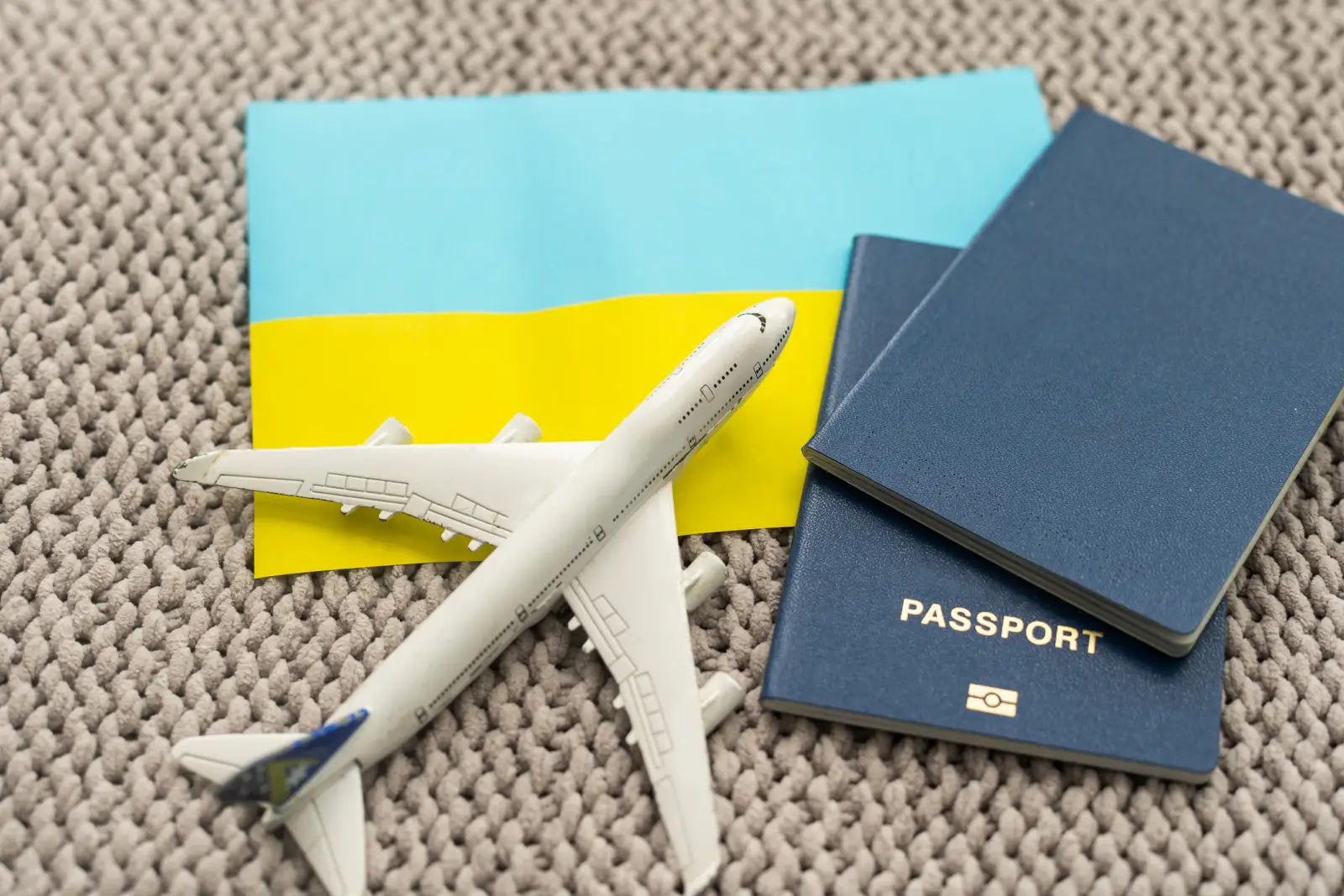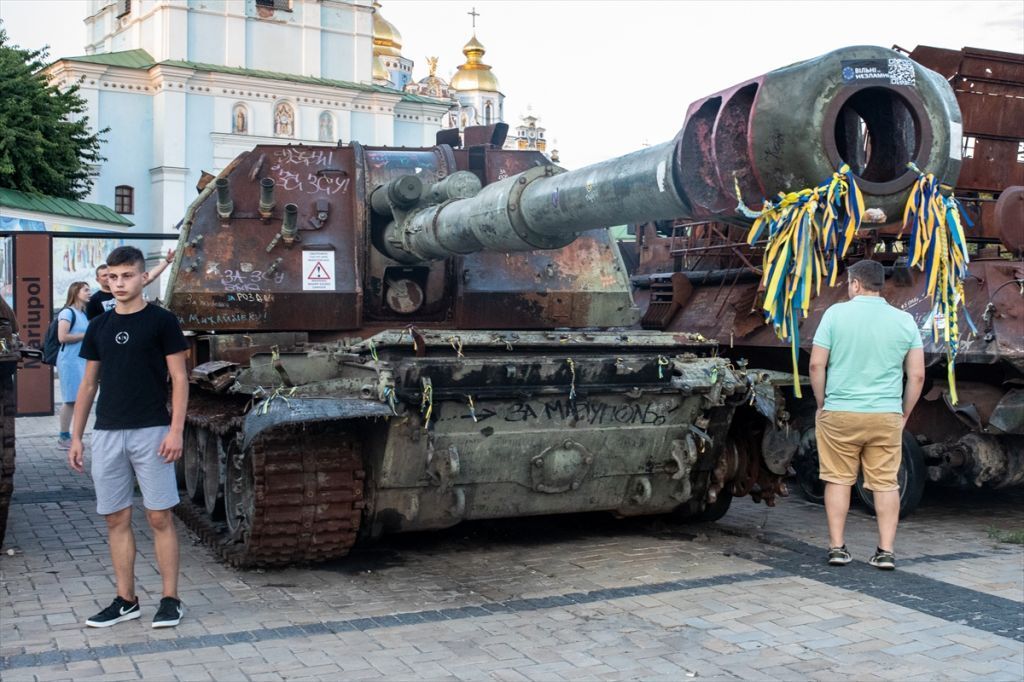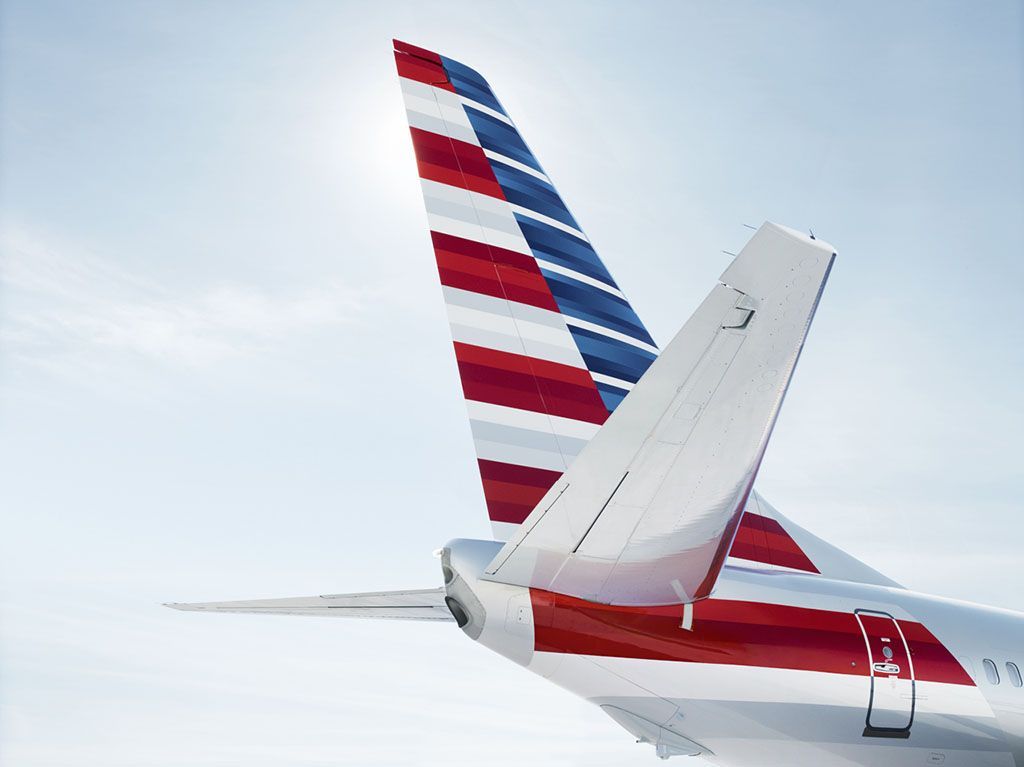Ukraine’s aviation market was poised for a major comeback in 2025, but the ongoing conflict has thrown those plans into uncertainty.
While major airlines like Ryanair, Wizz Air, and Turkish Airlines have expressed eagerness to return, the absence of a ceasefire means Ukraine’s skies remain closed to commercial flights. And with Russia recently rejecting proposals for a temporary halt in fighting, the timeline for reopening Ukraine’s airspace is now more unclear than ever.
In 2019, Ukraine’s aviation industry was booming. The country ranked 20th in Europe in total airline capacity, with nearly 15 million departing seats. Top global airlines like Turkish Airlines, Lufthansa, Austrian Airlines, and Air France generated millions in revenue from Ukrainian travelers. But after the full-scale invasion in 2022 and the subsequent closure of Ukrainian airspace, the industry came to a grinding halt. Now, airlines are on stand-by, waiting for a safer environment to relaunch operations.
The Airlines Preparing for a Comeback
Despite the challenges, some airlines are already laying the groundwork for a swift return. Ryanair has made it clear that it plans to resume flights to Ukraine as soon as six weeks after a ceasefire is declared. The airline has even outlined plans to reallocate aircraft from London Stansted and Paris Orly to restart operations in Kyiv and Lviv.
Meanwhile, Wizz Air has suggested that it could launch up to 60 routes from Ukraine within six months of a peace agreement.
Then there’s Turkish Airlines, which, before the war, was the largest foreign carrier operating in Ukraine, generating approximately $45 million in revenue from Ukrainian passengers in 2019. Given its strong presence in Eastern Europe and its vast global network, Turkish Airlines is expected to be one of the first legacy carriers to re-enter the market once conditions allow.
Another Turkish carrier, Pegasus Airlines also has a history of serving Ukraine and is likely to resume operations when conditions permit. Before the war, Pegasus operated multiple routes between Ukraine and Turkey, catering to both business and leisure travelers with its budget-friendly fares. Given the airline’s strong regional presence and its focus on expanding low-cost travel options, Pegasus could play a key role in Ukraine’s aviation recovery, offering affordable connections to Istanbul and beyond.
The Role of Low-Cost Carriers
According to OAG’s recent analysis, budget airlines are likely to dominate Ukraine’s aviation sector once flights resume. With Ryanair and Wizz Air aggressively preparing for a return, experts predict that budget airlines could hold a 40% market share or higher.
Will Ukraine Ever Have a National Airline Again?
Before the war, Ukraine International Airlines (UIA) was Ukraine’s dominant airline, operating around one-third of all flights. In 2019, UIA even turned a $69 million profit—a major feat in the competitive aviation market.
However, financing a Ukraine International Airlines 2.0 would be a costly and complex endeavor. Some analysts argue that Ukraine may be better off attracting foreign carriers rather than investing in a national airline that might struggle to profit.
The Geopolitical Factor: When Will Ukraine’s Airspace Reopen?
While airlines are eager to return, the biggest obstacle is one they can’t control—the war itself. With Russia rejecting ceasefire proposals and continuing aerial and naval attacks, the security risks associated with flying in and out of Ukraine remain extremely high.
What This Means for Ukrainian Travelers
For Ukrainian travelers, the continued closure of airspace means relying on alternative routes and neighboring airports. Since 2022, many passengers have been flying via Warsaw, Kraków, and Chişinău, adding hours of additional travel time.
One of the most commonly used routes is from Kraków to Kharkiv, a journey that highlights the challenges of travel within Ukraine. For those unfamiliar, Kraków is a major city in southern Poland, while Kharkiv is Ukraine’s second-largest city, located in the northeast near the Russian border. With flights unavailable, the most convenient travel option is by train, which takes 18 to 24 hours depending on connections and border processing times. Before the war, a direct flight between Kraków and Kharkiv would take approximately 2 hours, emphasizing the drastic difference in travel efficiency caused by the ongoing conflict.
This long journey underscores the significant barriers faced by Ukrainian travelers who must rely on overland routes to reach their destinations.
Despite the uncertainty, there’s still hope. The global aviation industry has repeatedly proven that it can recover from crises. And when Ukraine’s skies do reopen, the demand will be strong, with airlines racing to reclaim their market share.













